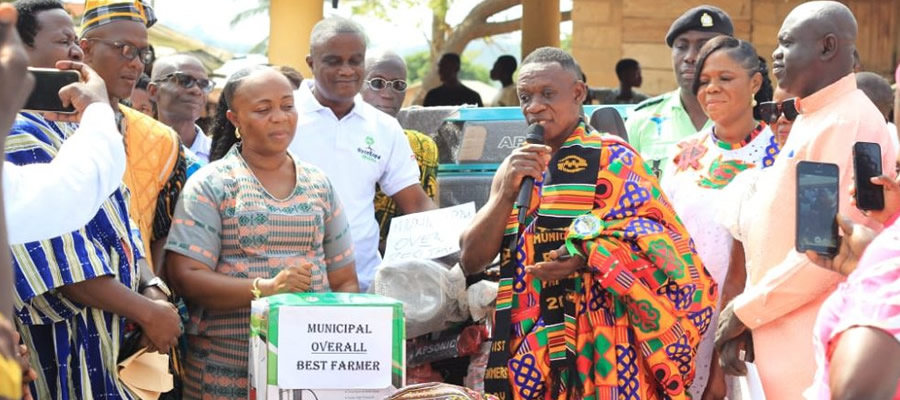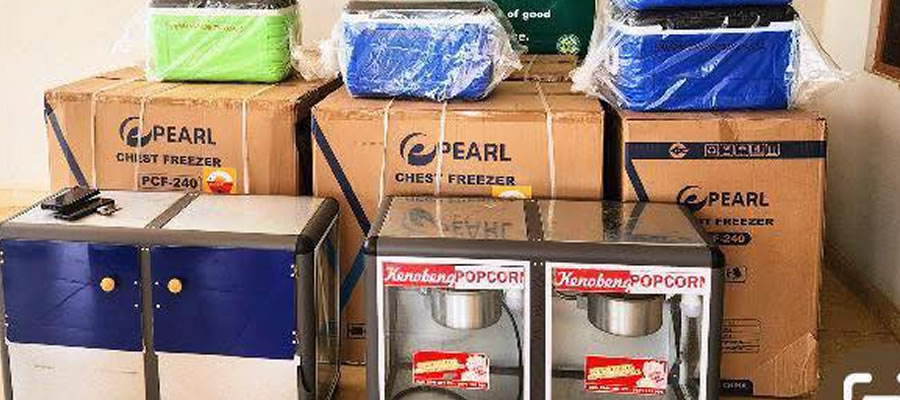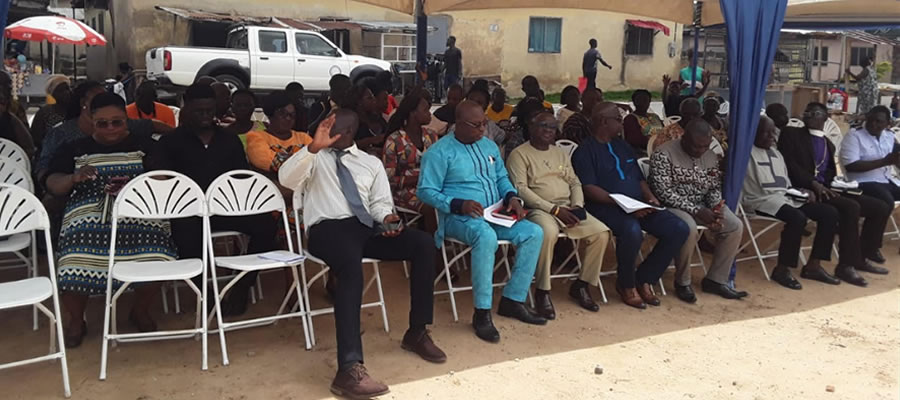

Sanitation and Waste Management
An efficient and hygienic method of human waste disposal available is a critical indicator of the sanitary condition and an indirect measure of the socio-economic status of a household. Sanitation coverage in general is not encouraging considering the urban nature of the municipality. Majority of households use public toilets (36%), followed closely by water closest (30%) with just a few using KVIP and Pit latrine. However, about (3%) of households have no toilets and therefore resort to the use of free range system other words known as open defecation.(GSS, 2010 PHC).
The two key areas of waste management in the Municipality are Solid Waste and Liquid Waste management.
Solid Waste Management: The most widely method of solid waste disposal is by public dump into containers accounting for 61.3% of which these wastes are disposed off at the landfill site located at Effiduase. Almost one tenth of households in the Municipality dispose of their solid waste in open space public dumps. A little under two percent of households (1.8%) dump their solid waste indiscriminately. House to house waste collection accounts for (5.1%). It is approximated that 150 tons of refuse is generated daily in the Municipality. The following waste management equipment exists in the municipal;
Two skip loaders,
Nine (9) motor tricycles
Two (2) bicycles
One (1) motor bike
Nine (9) communal containers and
Fifty-five household dustbins
Collection of waste and transporting to the land fill site is done on a daily basis. However, due to the limited number of these equipment and financial constraints, some containers are not picked regularly and has resulted in accumulated and overflow of refuse at some sites. Other sites at areas such as Jumapo have heaped a rubbish site that needs to be evacuated. Inadequate communal waste container is another major issue in the municipal. There are demands for communal waste containers in big towns such as Asokore and Oyoko.
Liquid Waste Management: More than one- third (39.0%) of households in the Municipality dispose their liquid waste into gutters with (25%) throwing into compounds. The Municipal Assembly has basically been responsible for the disposal of liquid wastes from both public and private sources.
The assembly has no cesspool emptier to carry out dislodgement of faecal waste, however, instituitions and households within the municipality rely on New Juaben South and Zoomlion for the services of their cesspool emptier. There is a challenge of easy access to households to dislodge waste simply because there are no layouts in such areas. New settlements on the other hand are faced with a challenge of poor access road this further leads to frequent breakdown of these trucks.
The methods of human waste management in the municipality raises environmental concerns therefore leading to water contamination. Pit latrine which is widely used by most households is periodically emptied at Effiduase, the same can be said of septic tanks. The process of emptying these human waste causes nuisance, this emits foul smell and in other cases any leakage harms ground water.
Untreated human waste is a great threat to the environment and good health. There is therefore the need to address this by adopting eco-friendly toilets (bio-digester toilets). Bio toilets treat the human waste at source obviating the need to transport the fecal matter.
Homes, Schools, institutions, churches and communal public toilets are recommended to resort to the use of bio-toilets as a panacea to our sanitation woes.
Sanitary Landfill Site: The facility is located at Effiduase was constructed and commissioned in 1993 with an expected life span of 35 years. It comprises of a tipping bay and paved vehicle turning bays. The station is manned by six (6) trained staff and equipped with a bulldozer for waste spreading and compacting. Private bulldozers are often hired to execute the job in times of need.
Date Created : 3/27/2019 7:10:44 AM










 facebook
facebook
 twitter
twitter
 Youtube
Youtube
 +233 593 831 280
+233 593 831 280 0800 430 430
0800 430 430 GPS: GE-231-4383
GPS: GE-231-4383 info@ghanadistricts.com
info@ghanadistricts.com Box GP1044, Accra, Ghana
Box GP1044, Accra, Ghana